An improperly installed dishwasher drain hose is the most common defect we find with dishwasher installations, but it’s also one of the easiest things to get right.
In the photo below, which was featured as a Structure Tech Photo of the Day on our Facebook page, there are several plumbing defects shown. Two of these are related to the dishwasher drain.
Can you spot them?
Wrong side of the trap
The first problem is the dishwasher drain is connected to the sewer side of the trap. Water always sits in the bottom of the P-trap, and this prevents sewer gases from coming into the house. The dishwasher drain must be connected before the P-trap, not after it, which is what was done here. With this improper installation, sewer gases have the potential to come back into the dishwasher. The diagram below right shows a proper installation.
The diagram below right shows a proper installation.
No high loop
In the diagram above, you’ll notice that the dishwasher drain makes a high loop underneath the kitchen sink. This is the minimum requirement for every dishwasher drain installation; it’s required by every dishwasher manufacturer, as well as section P2717.2 of the International Residential Code. However, that’s not what we require here in Minnesota. Hang on, I’ll come back to that in a minute. But first, here’s a photo showing what a high loop looks like.
As you can see, the dishwasher drain hose is fastened as high as possible underneath the counter. And here’s a diagram from the dishwasher manufacturer showing the same thing.
Although new dishwashers come from the manufacturer with the drain looped up at the side of the dishwasher, every installation manual still requires this high loop underneath the sink.
I’ve heard different reasons for why an additional loop is required under the sink, so I decided to contact the manufacturers directly.
I sent out an email to eight dishwasher manufacturers about a decade ago asking them this question:
“A high loop is required on the dishwasher drain in the installation instructions for all of your dishwashers. What is the purpose of this? Doesn’t the high loop that is incorporated into the side of the dishwasher achieve the same thing? Any insight or commentary into this matter would be greatly appreciated.”
Here are the responses I received:
- Kenmore: “The high loop or air gap must be used to prevent potential backflow contamination of the dishwasher. Local plumbing codes generally dictate the requirements in your area. Section 807.4 of the Uniform Plumbing Code states: “No domestic dishwashing machine shall be directly connected to a drainage system or food waste disposer without the use of an approved dishwasher airgap fitting on the discharge side of the dishwashing machine. Listed airgaps shall be installed with the flood level (FL) marking at or above the flood level of the sink or drainboard, whichever is higher, or separately trapped with the airbreak located on the stand pipe.”
- GE: “If an air gap is not required, the drain hose must have the high loop from the floor to prevent backflow of water into the dishwasher or water siphoning out during operation.”
- Bosch: The high loop in the drain hose of your dishwasher is to keep water from settling in the hose if it were hanging down any lower or horizontally. This keeps the drain hose dried out and keeps any odors from backing up into the dishwasher.
- Viking: In testing our dishwashers, we have found that the additional high loop in the back of the dishwasher is required for proper draining of the water. We have seen when this piece is not applied that over time the consumer will have issues with the water back up and causing issues with proper drainage and water pooling in a particular area.
- Maytag: No response.
- Whirlpool: No response.
- Amana: No response.
To summarize, the reasons for the high loop are to prevent potential backflow of water into the dishwasher and to prevent improper drainage of water. Even though dishwashers come from the factory with the drain looped up high against the side of the dishwasher, this is not an acceptable substitute for the high loop underneath the kitchen sink. In Minneapolis, the lack of a properly installed high loop under the kitchen sink requires repair for their Truth-In-Sale of Housing evaluations. If you don’t have a high loop on your kitchen sink drain, it’ll take three items to fix this: a screwdriver, a screw, and a 3/4″ EMT clamp, which you’ll find in the electrical department of any home improvement store.
The video at the beginning of this post shows the process for fixing this, which takes about 10 seconds.
What about air gaps?
Instead of a high loop underneath the kitchen sink, dishwasher manufacturers also allow an air gap. This consists of an ugly device mounted on top of the kitchen sink, and it looks like this:
These have been required in Minnesota since the beginning of 2016, and nobody likes them. I blogged about dishwasher air gaps back in 2017, and I’m going to quote what I said back then. Dishwasher air gaps are definitely not something that we recommend installing during our home inspections. While dishwasher air gaps are technically required on new installations by code, we’re not code-compliance inspectors. As home inspectors, we get to make recommendations on stuff that makes sense to us. These don’t.
The great news is that air gaps should be going away soon, at least in Minnesota. Our current plumbing code requires an air gap through sections 414.3 and 807.4 of our plumbing code. Thankfully, the next version of our plumbing code, scheduled for adoption on 12/17/21, will change that. Section 414.3 will tell you to follow section 807.3, and that section will say the following:
I underlined the important part that’s changing. Yay. Homeowners, plumbers, builders, designers, building officials, and everyone else should be happy about this change. Well, everyone except for air gap manufacturers. Sorry guys, but you had your day.
Update 12/17/21: Dishwasher air gaps are no longer required on residential installations.

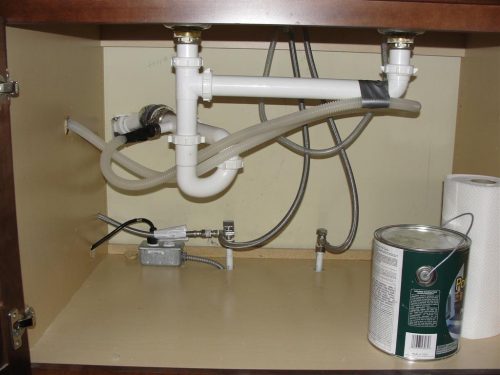
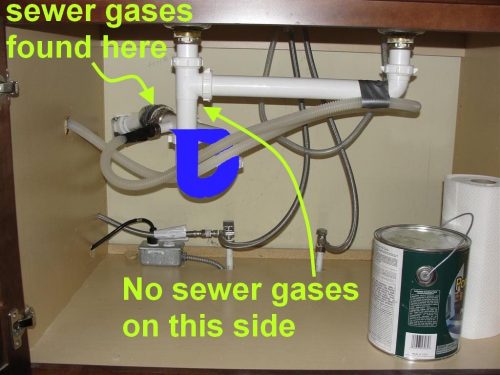
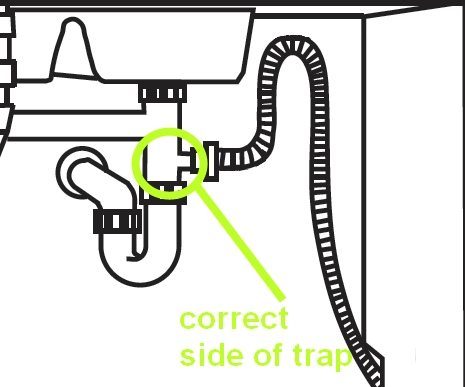
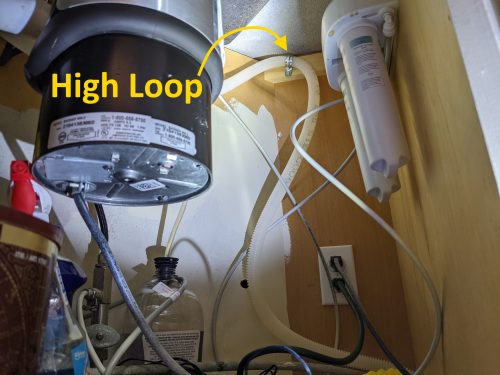
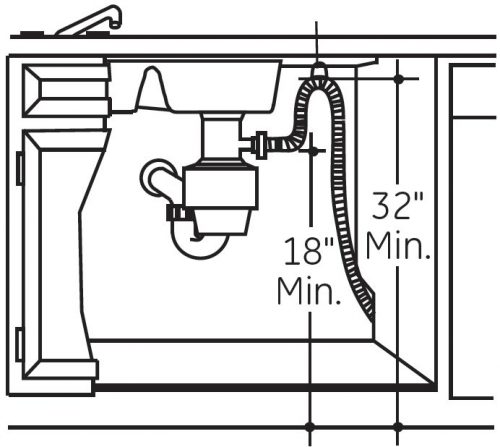
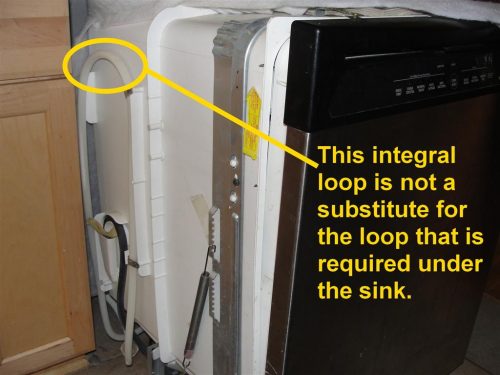
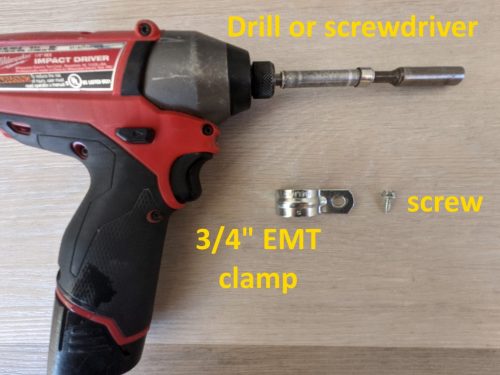
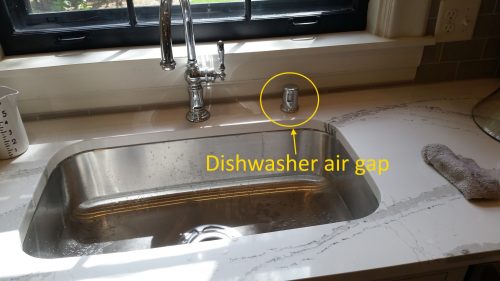

Dale Kopp
October 1, 2021, 6:20 pm
What about a dishwasher that drains into a garbage disposal?